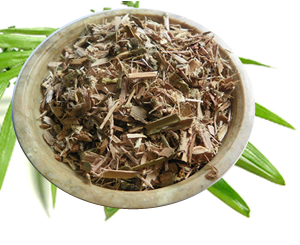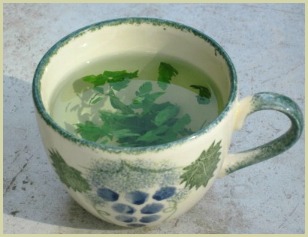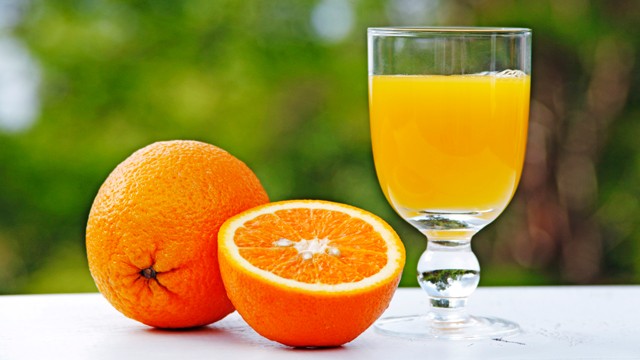The Pear Shaped Body
Pear
As a Pear Body type (sometimes called triangle), your hips are larger than your bust and you have a nicely defined waist. You have an elegant neck and proportionately slim arms and shoulders. You first gain weight in your bottom and legs flowed by your tummy and upper body. Your waist is your best asset so don’t be afraid to show it off.
Some Dieting tips from Dr. Oz
Diet Plan: Eat a Low-fat Diet
Research shows that a low-fat diet actually helps break down stubborn fat cells in your bottom region.
Cut Back on Saturated Fats
To get on track with a low-fat diet, begin by cutting down on saturated fats, including animal sources such as high-fat dairy and red meats. Eliminate hidden saturated fats such as hydrogenated oils found in processed foods.
Include Low-fat Dairy in Every Meal
You don't have to cut out dairy entirely. Studies demonstrate that calcium helps to regulate the way fat cells store, build up and break down fat. Subsequently, low-fat dairy sources such as milk, yogurt and cottage cheese help promote weight loss. Choose low-fat (2%), not no-fat dairy.
Sample Menu:
Butt-blasting Breakfast: Low-fat Greek yogurt with fresh fruit and granola
Lunch: Low-fat cottage cheese with tomatoes, cucumbers and grilled chicken
Snack: Low-fat milk with dark chocolate cocoa
Dinner: Lean turkey burger with low-fat cheddar cheese
How to Dress a Pear Body Shape
The key to dressing a pear body type is to enhance and add volume (or the illusion of volume) to your upper body while emphasizing your waist and de-emphasizing your lower body to create a balanced, hourglass appearance. Create the most curvaceous effect by mixing and matching our suggested separates.
The Best workouts for a Pear
A pear often becomes obsessed with whittling down her lower body by doing dozens of lunges and leg lifts. Of course you want your butt, hips, and thighs to be tight and toned. But, pears: you also want your body to be balanced, so don’t neglect what’s above the belt.
The Best Workouts
Monday: For each exercise shown, do 1 set of the prescribed repetitions, rest 30 seconds, then do another set of that same exercise. To amp up your results, follow your strength workout with a round of Smart Cardio Intervals.
Tones: Butt, thighs, shoulders, triceps, and core
Stand with your feet hip-width apart. Hold dumbbells up at your shoulders—elbows bent and pointing out to the sides, palms facing forward. Take a giant step forward with your right leg and lower your body until your knees are bent 90 degrees. Your knees should be in line with your ankles.
(A) Press into your right foot, straighten your right leg, and come to a stand, simultaneously pulling your left knee forward in front of your hips (so you’re standing on one leg) and pressing the weights up toward the ceiling .
(B) Return to start. Repeat with your left leg. 10 to 12 reps per leg
To make the move more challenging, place your front foot on a step.
Tones: Butt and thighs; raises heart rate to burn extra calories
Stand with your right leg forward and your left leg extended behind you, toes on the floor. Bend your right knee and dip your left knee toward the floor, so you’re in a lunge position. Place your arms straight out in front of you or out to the sides.
(A) Swiftly jump up and switch legs in midair, in a motion like a scissor.
(B) When your back knee grazes (or nearly grazes) the ground, jump again. Keep jumping continuously, without resting, for a full set. To prevent injury, try to land as softly as possible. 10 to 20 jumps
Tones: Shoulders, triceps, chest, and core
Lie facedown on a fitness ball, with both hands on the floor. Walk your hands out, allowing the ball to roll beneath your body until it is under your shins. Your hands should be directly below your shoulders, so it looks like you’re ready to do a pushup. Keeping your torso straight and your abs contracted, bend your elbows and lower your chest toward the floor. Stop when your upper arms are parallel to the floor.
(A) Return to start, and immediately contract your glutes as you lift your right leg off the ball.
(B) Lower your right leg to the ball, then lift the left leg. That’s one rep. 8 to 12 reps
Make the move harder by placing the ball under the tops of your feet. Make it easier by keeping the ball under your knees.
Tones: Core
Lie on your back with your arms by your sides. Bend your knees to 90 degrees and place your calves on a fitness ball. Lift your head and shoulders off the floor, making sure to keep your head, neck, and shoulders relaxed. (Put your head down at any time if you feel stress in the upper body.)
(A) Take 5 short, consecutive inhales, followed by 5 short, consecutive exhales. Do this 10 times for 1 rep. At the same time, lift arms off mat and pulse them up and down palms facing down, in unison with the breath.
(B) 10 reps, 100 breaths per rep
Tones: Core (especially obliques) and shoulders
Assume a side plank position, with your right elbow on the floor directly beneath your shoulder. Stagger your feet so your left foot is in front of your right foot.
(A) Raise your left arm directly overhead—bicep next to your ear, arm extended, and with your palm facing the floor—so your arm is in line with your body. Arch your left arm towards the floor as you raise your hips up in the air.
(B) Return to start. Repeat for a full set; then switch sides. 8 to 10 reps
Tones: Core, biceps, and shoulders
Hold a dumbbell in each hand, with your arms extended at your sides and your palms facing forward. Sit on a bench and lean back slightly, pulling your knees to chest height, so you’re balancing on your tailbone. Curl the weights to your shoulders;
(A) then immediately rotate your wrists so your palms face forward and press the weights straight overhead.
(B) Return to start. Each dumbbell extension is one rep. Balance on the bench during the entire set if you can. 8 to 10 reps
Tones: Butt, thighs, back, and shoulders
Hold a dumbbell in your left hand and lunge forward with your right leg. Taking a cue from the triangle pose in yoga, turn your left foot out—so it's perpendicular to your leg—and rest your right forearm on your right thigh, palm up. Extend your left arm straight down, with your palm facing your right leg.
(A) Keeping your left arm extended, squeeze your shoulder blades together and raise your left arm straight out to the side until it reaches shoulder height.
(B) Return to start. Complete a full set, then switch sides. 10 to 12 reps per side
Tones: Triceps, shoulders, and upper back
Sit on the edge of a bench with your feet flat on the floor, knees bent 90 degrees. Grasp the seat on either side of your butt; make sure your fingers are facing forward. Walk your feet out slightly and inch yourself off the seat.
(A) Bend your arms, keeping your elbows pointed straight back as you dip your butt toward the ground. Simultaneously contract your abs and pull your right knee toward your chest.
(B) Return to start. Concentrate on using your arms to raise your body, rather than pushing up with your legs. Complete a set, alternating legs. 10 to 12 reps














.jpg)



























